A brief history of Western art PART IV
From Expressionism to Suprematism
WWI evoked a lot of reformative art movements. In the midst of the war, artists were interested in the real world even less. They were exploring the abstract by deconstructing the physical forms. It was a period of going beyond eye vision and known rules.
WWI made artists rebel. The first movement of expressionism started in Germany. It was an expression of protest against an unfair life. Artists turned to symbolic meaning, they changed forms and used strong color combinations to show the problems of the society. Instead of showing the world, they started to express their feeling about it through art. WWI evoke a lot of negative feelings and people expressed them in art. Art was a representation of people’s disappointment in life.
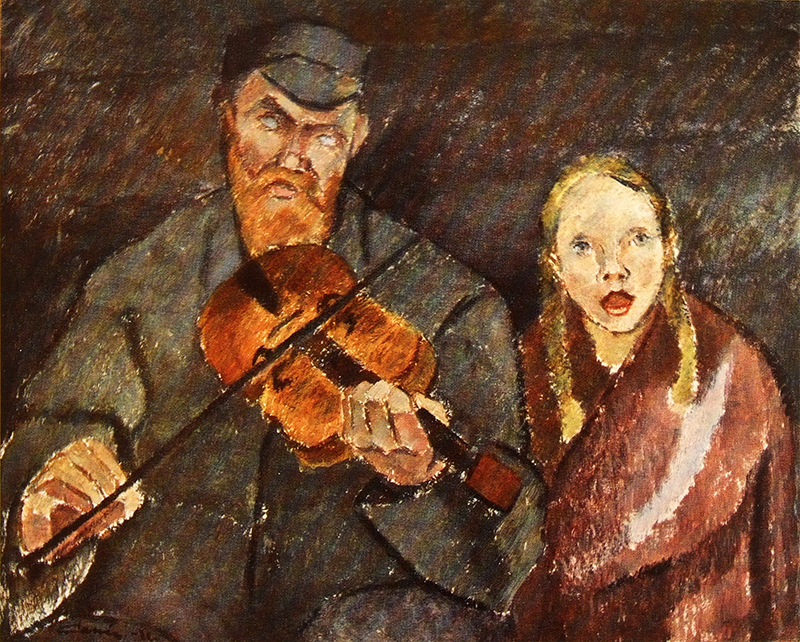
Between 1905 and 1909 there was a small, but very powerful movement called Fauvism. It was one step further from expressionism to simplify the artist's impression. Favistst used wide brush strokes and rich colors to express emotions. There was even less intention to paint a realistic world. Emotions started to be more valued than following rules and complicated scenes.
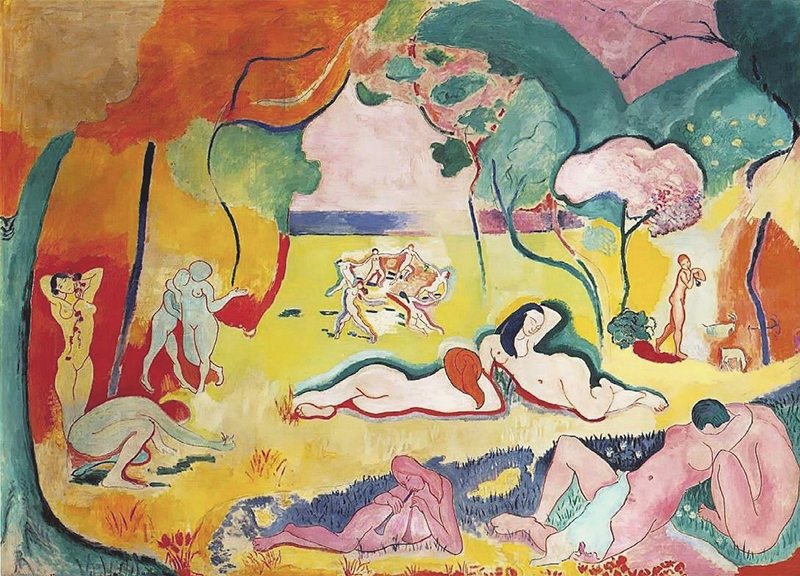
The next step was to release all the known rules in art and free yourself from perspective laws and light compositions. Cubists started to look at the objects from different angles at the same time, with no restrictions or rules. They also started to use different materials for their paintings, it was the first step for collages. It was all about a new perspective that was beyond our eye vision and known rules.
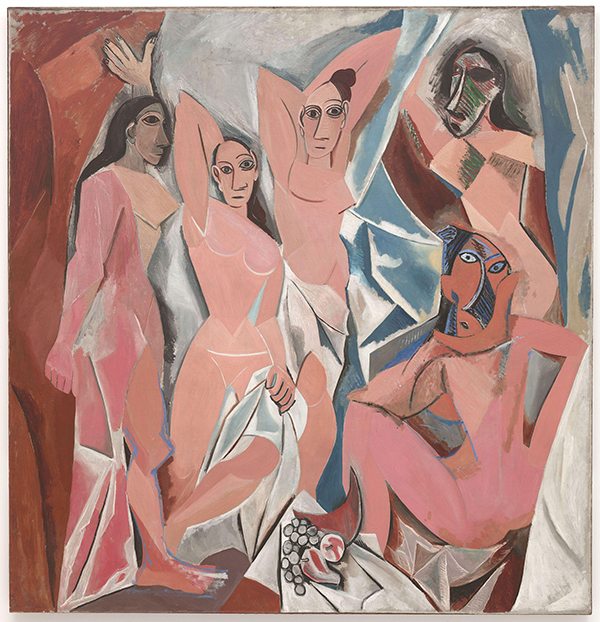
Futurism was a movement that came to art from literature. Machines became an everyday part of people’s life. There were stories inspired by new technologies about the future of humanity and machines together. Futurists artist wanted to depict the movement and developments of the machines. It was about the future and moving forward, artists tried to reproduce this feeling in an artwork. If cubism was more static and calm, futurism was more dynamic and vibrant. The main idea was to expand the objects in space as expand the mind toward the future. They tried to push society forward and release it from the dictatorship of the classics.
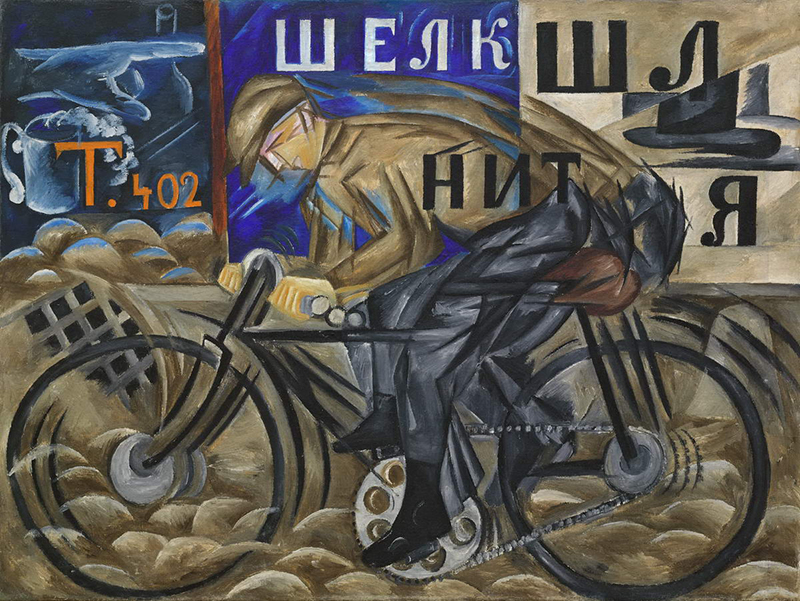
The next movement was developed in Russia just before the Soviet Union. Suprematism was started by Malevich in Saint Petersburg. He expressed positive and negative forces by depicting simple forms. He believed that this kind of art suppressed classical art and led to pure perception. The idea was that pure colors and forms should help the viewer to see the ideas beyond superficial perception. As it was a very new approach and was requiring self-observation from a viewer to understand what they see. This style was banned by the Soviet Union government, because of its freedom and open-minded approach.
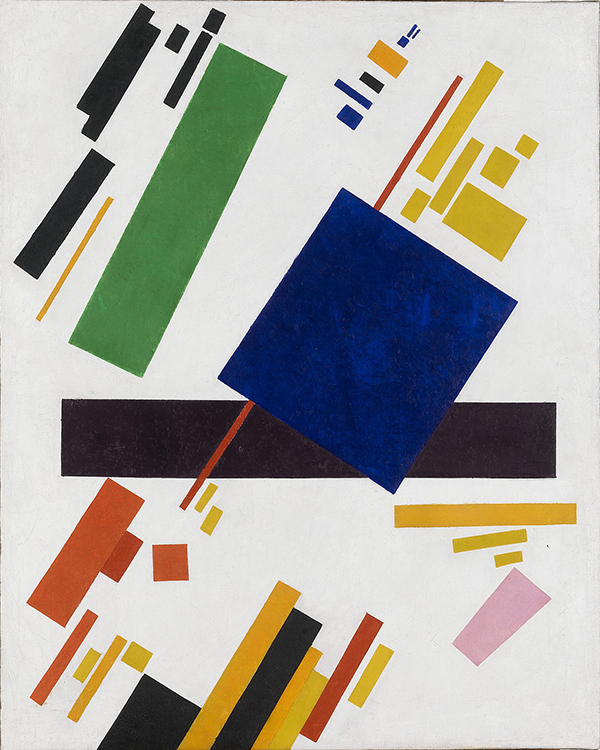
A BRIEF HISTORY OF WESTERN ART PART III
A BRIEF HISTORY OF WESTERN ART PART V